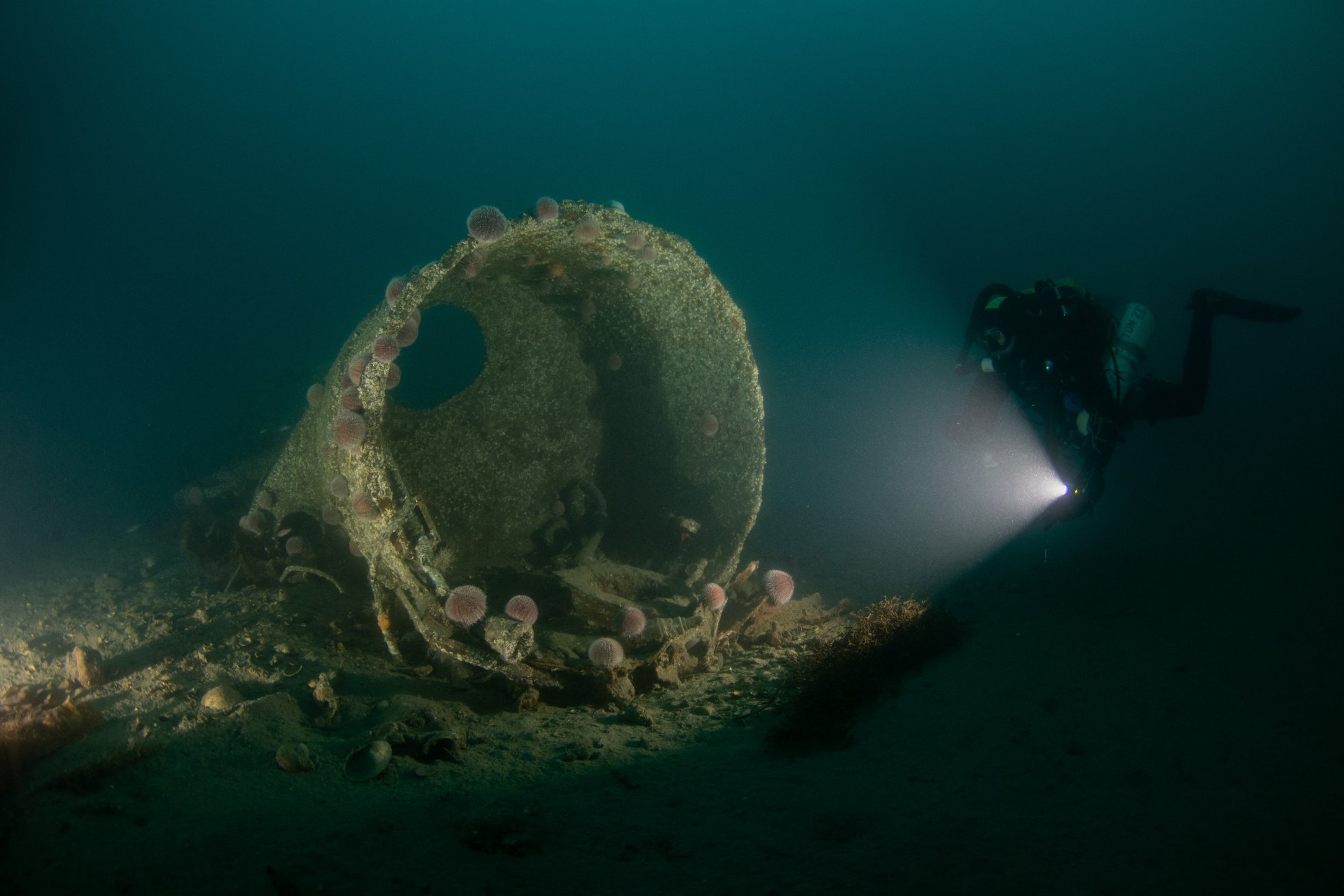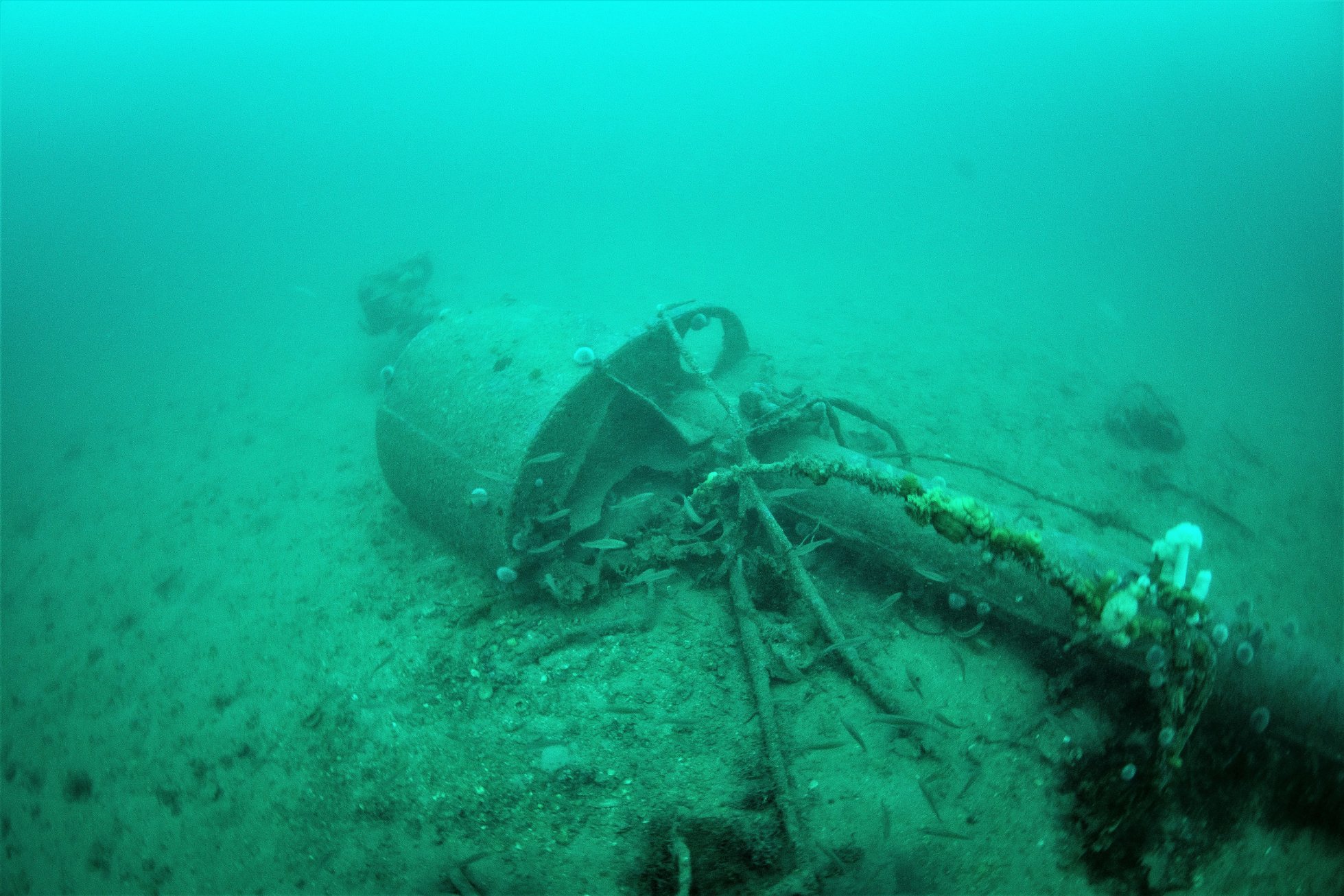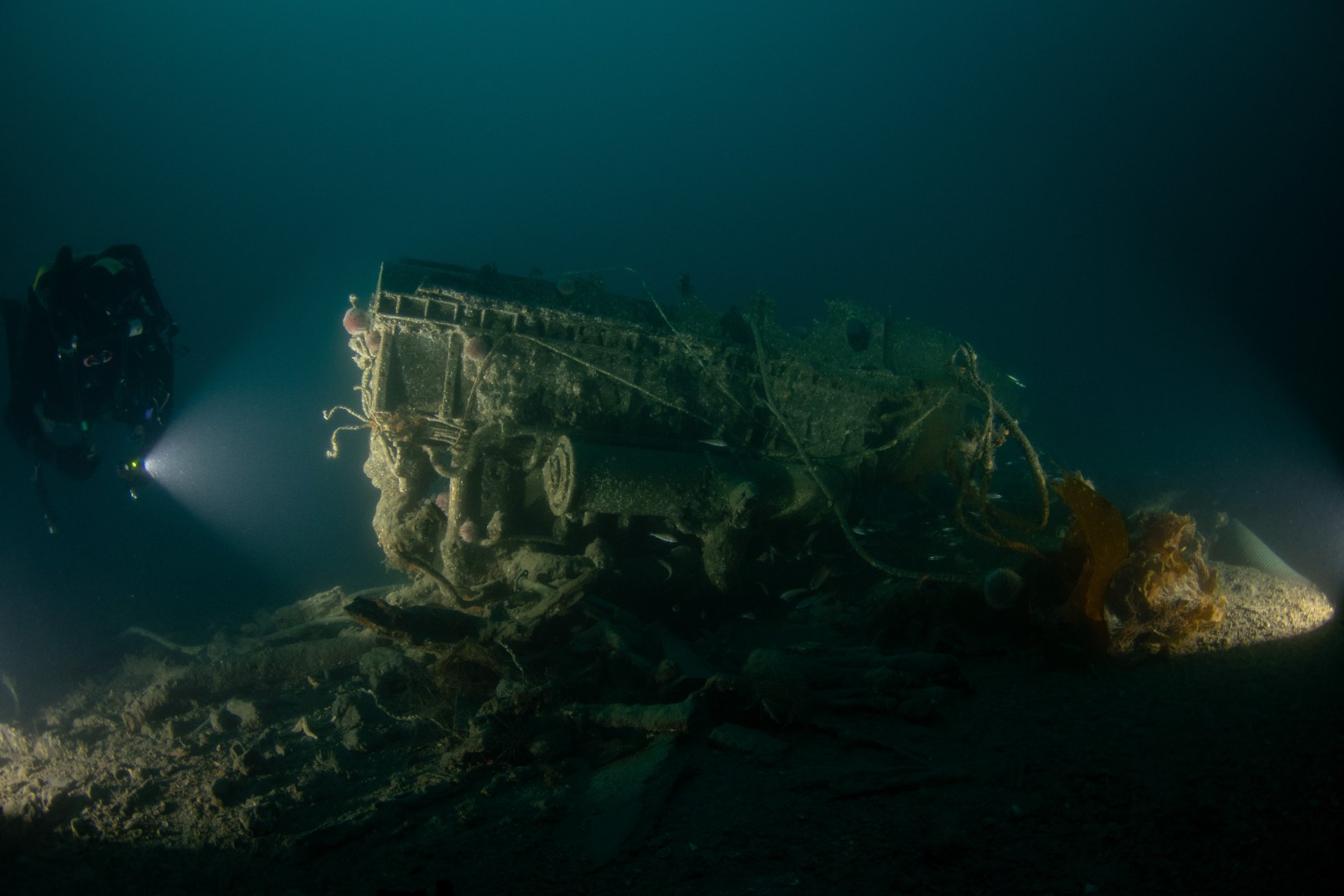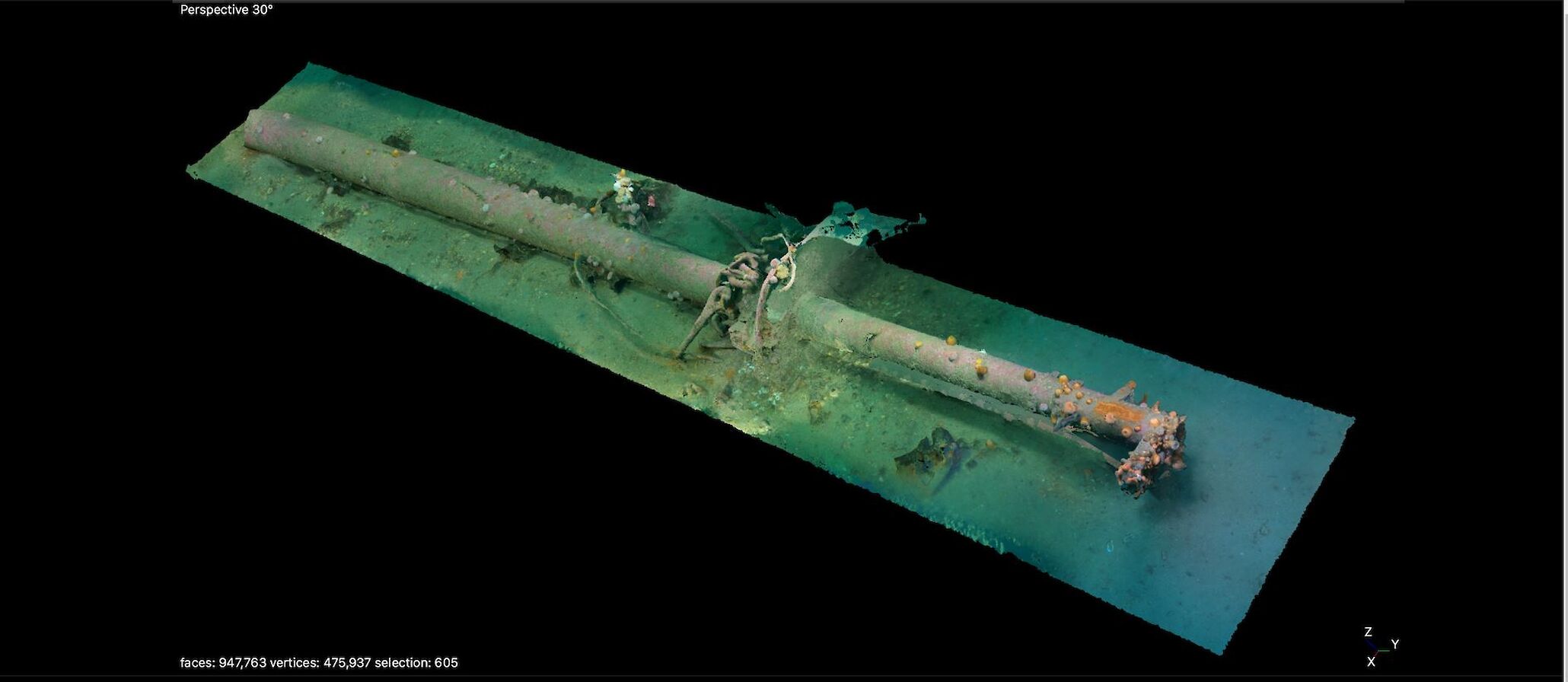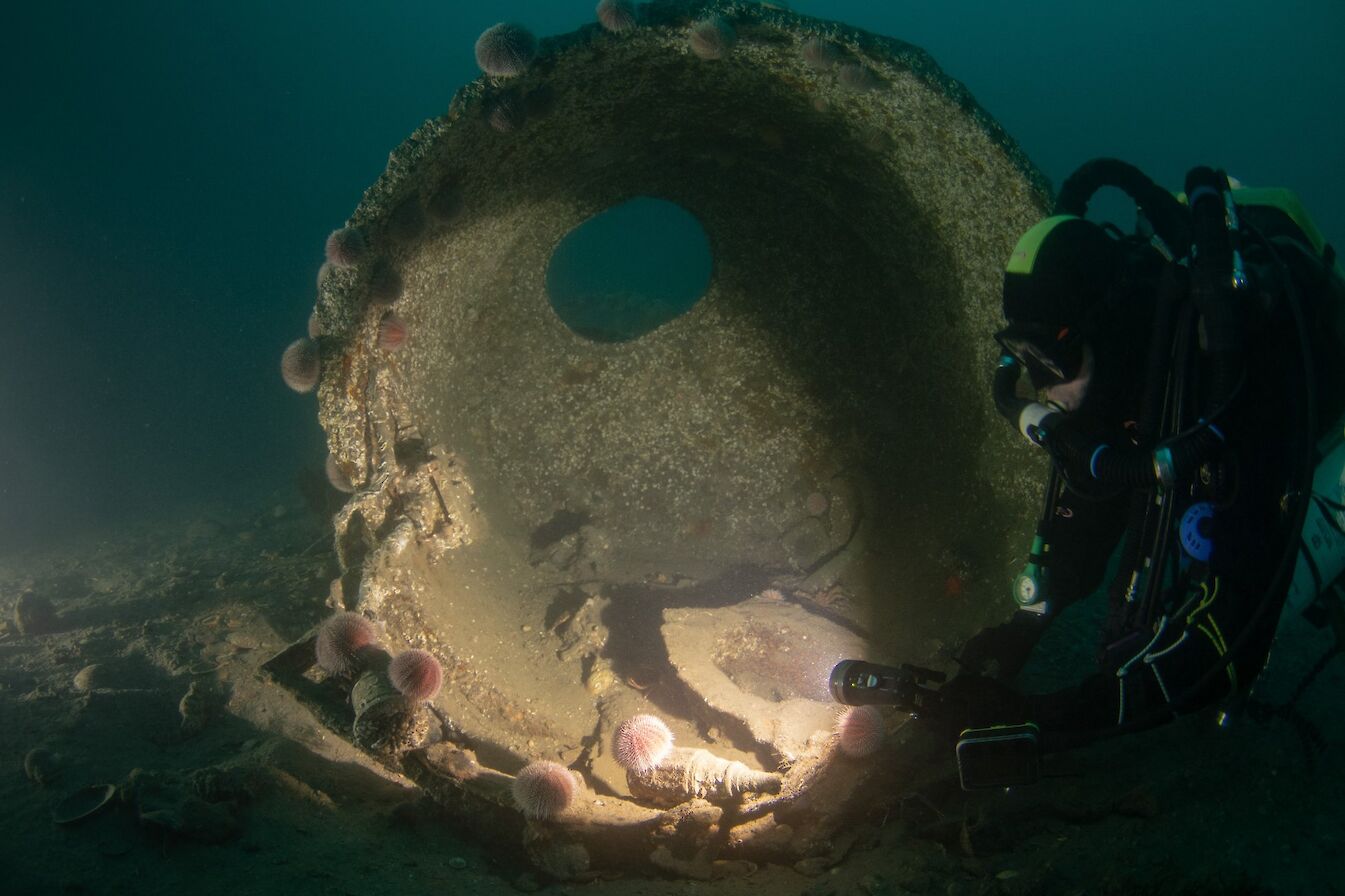Stunning new images have given a glimpse into the wreckage left on the Scapa Flow seabed following the operation to salvage the scuttled German High Seas Fleet after the First World War.
The photos have been released as part of the Scapa Flow Salvage Sites Project, commissioned by Historic Environment Scotland ahead of the centenary of the scuttling in June 2019.
Nearly one hundred years ago, the Fleet was interned in Scapa Flow following the end of WWI. Admiral Ludwig Von Reuter ordered the fleet to be scuttled so that the huge vessels couldn't be used by the Allies. In all, 52 of the 74 interned vessels sank beneath the waves. In an incredible feat of engineering, 44 of these vessels were salvaged - a process which left vast amounts of wreckage on the seabed.
Local organisations SULA Diving and the Orkney Research Centre for Archaeology have completed a full survey of the wrecks and remaining debris over the last two years, including side scan sonar surveys and sending divers and remotely operated vehicles down to depths of 45m to examine and record the remains in detail.
They've discovered wreckage including huge mast sections, spotting tops, searchlights and even a diesel engine.
The study has revealed more about this incredible moment in Orcadian history and is a significant milestone for maritime archaeological heritage in Scapa Flow. The full report can be downloaded via the Scapa Flow Historic Wreck website.
The Digital Orkney project has been part financed by the Scottish Government and the European Community Orkney LEADER 2014-2020
